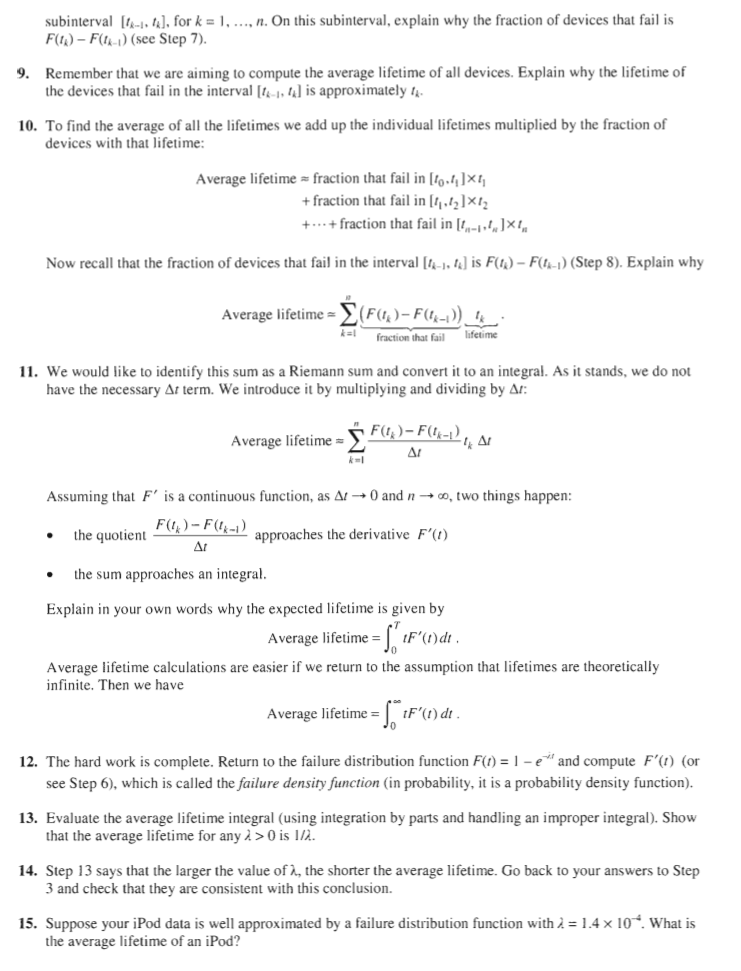
Downey is licensed under a Creative Commons Attribution 3.0 License. Note that if you pick very large values for b (e.g., bigger than 1000), the applet may take some time to recompute the table values. You can enter your own function, set a as you would like, zoom/apn the graph, and edit the b values in the table (just double click on a table cell to edit it press Enter when done). Select the eighth example, using an exponent of 2.The table of values shows what happens, and as you can see, the values seem to converge on 2 (which is the value of this integral). Sometimes, we are able to use the definition to determine whether an improper integral converges and, if so, what it converges to. We can treat this case using a limit, "sneaking up" on 2 from the left. In this case, the problem is that at x = 2, the integrand goes to infinity. Select the seventh example, where we want to know the value of. Any value of b satisfying jbj 2 will make this an improper integral.We can use this same technique to evaluate this integral: (this assumes that a 1 and diverges if p ≤ 1. Similarly, suppose a function goes to infinity at x = b (e.g., has a vertical asymptote there). Improper integral (left) and proper integral (right). When you replace the bounds by two numbers a and b, you can integrate it. Section 6. We can then just find the antiderivative for the integral, evaluate it at the two integration limits, and then see if the limit of this result exists. Improper integrals are integrals that can’t be evaluated as they first appear because one or more of the bounds of integration are infinite. View Notes - ImproperIntegrals notes from PHYS-SHU MISC at New York University. For example, if we wanted to find the value of a definite integral with an infinite limit, we can instead replace the infinite limit with a variable, and then take the limit as this variable goes to infinity.

What happens if one of the limits of integration for a definite integral is infinity? Does the integral have a value? Or, what if the value of the integrand goes to infinity at one of the limits? We can treat these cases using limits.


 0 kommentar(er)
0 kommentar(er)
